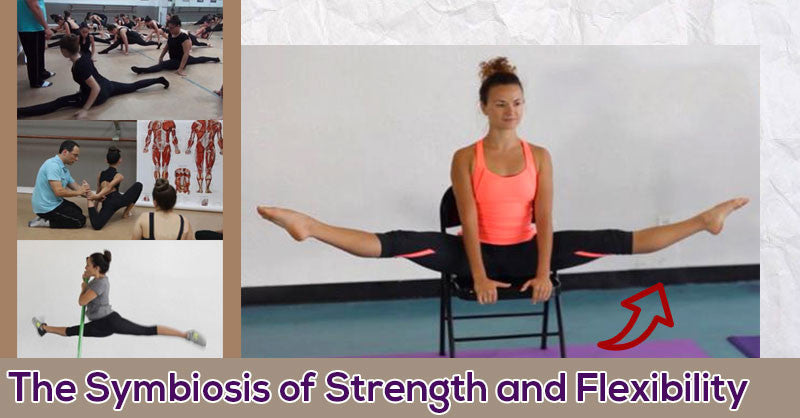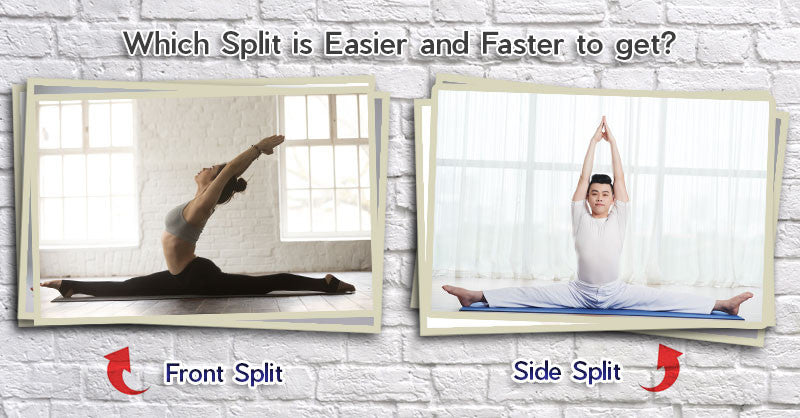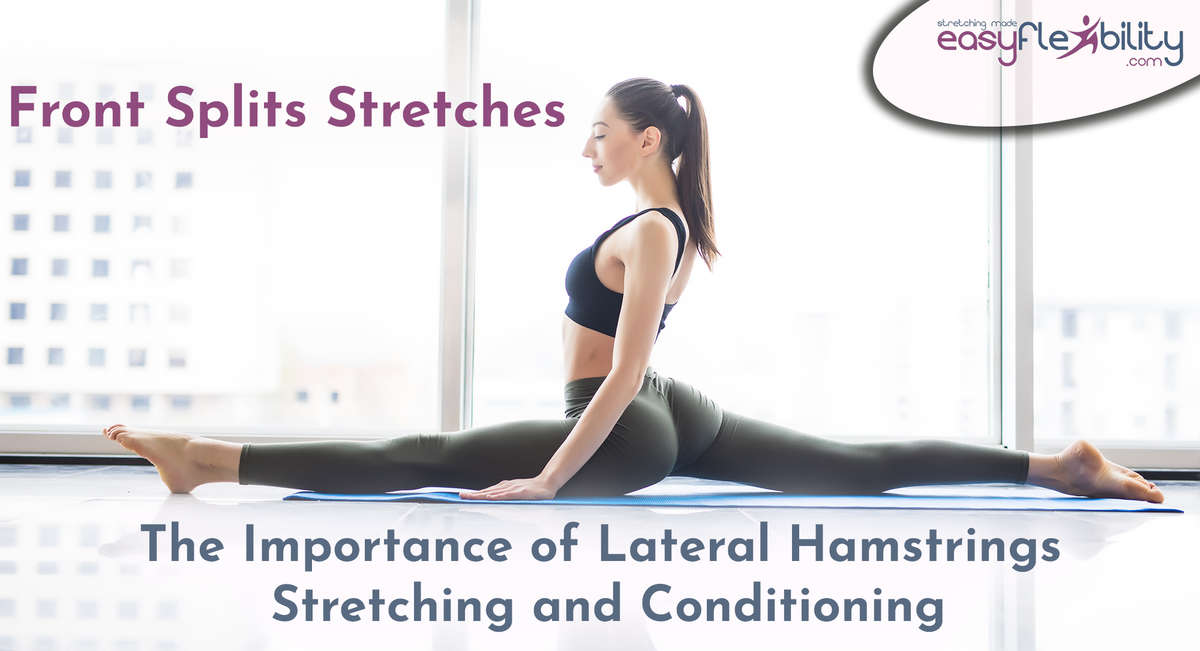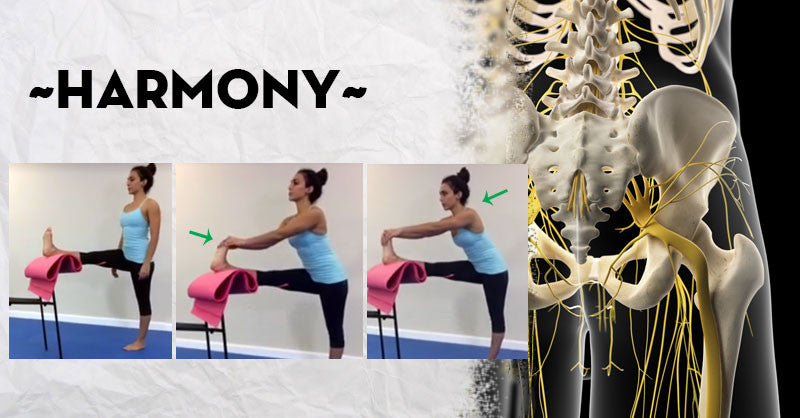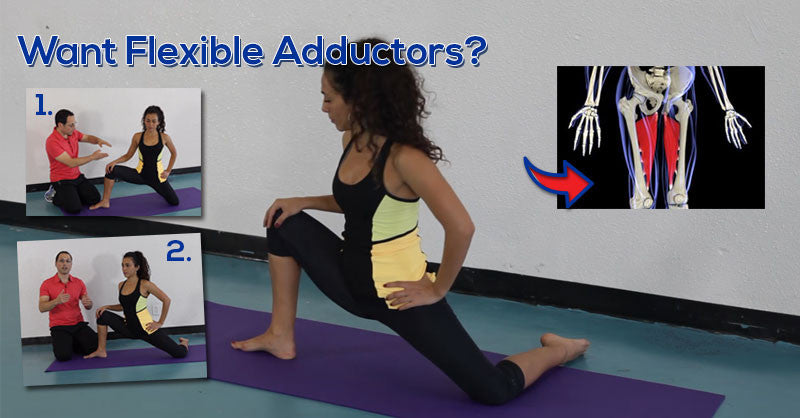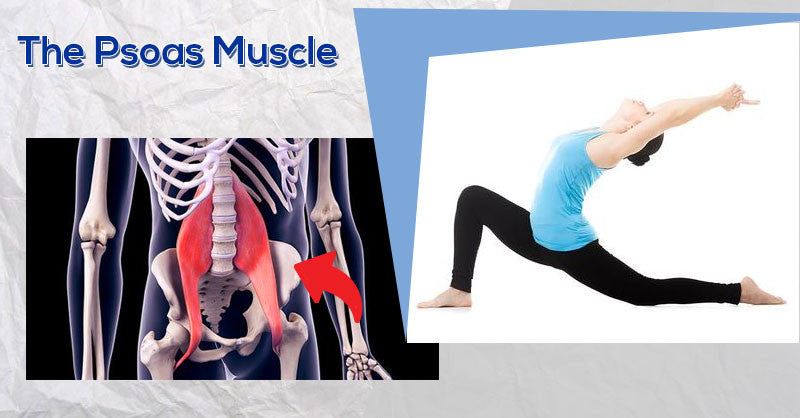Understanding Zaichik Stretching Techniques: Application of the Butterfly Stretch
Posted by EasyFlexibility Team on
We improve, progress and evolve when we step out of our comfort zone. This applies to everything in life. Stretching techniques are no exception. If the old one is not getting you any further, it makes sense to try something new. Sometimes new is different, often too different for a comfortable transition.
For this reason when we bring new ideas to the table, we can also keep parts of the old ones, too.
Today we will do the same for people who spend years doing relaxed stretches. We will take a common stretching position called The Butterfly and apply a Zaichik Stretching principle to it, called Target and Leverage.
We all know what butterfly stretch looks like, right?

Picture of someone doing the buttefly stretch.
Now we will use our Target and Leverage on it, to quickly get more flexible.
Are you ready?
This next part will explain how and why this technique works. If you want the insight, please read the next paragraph. If you just want to test the move, jump down and watch the video.
The Butterfly Stretch is aimed primarily at 4 muscles:
- Adductor Magnus
- Adductor Longus
- Adductor Brevis
- Pectineus
All 4 muscles below adduct (and butterfly calls for abducted position). They also rotate medially and the stretch in question rotates laterally.

Remember Zaichik Stretching Techniques can only be applied if more than one action of the muscle is targeted, which is the case here.
Many other muscles are not fully participating. For example the Gluteus Medius and Minimus stretch at lateral rotation, but abducted hips shorten them. The Gracilis is also an adductor playing the same role as the 4 muscles targeted, but a flexed knee shortens this muscle.
So pushing the knees out is pitted against leaning forward. Either action can be chosen as the target. In this case bringing the knees as far apart from each other and into the floor is chosen at the Target. Rotating the hips is chosen as the Leverage.
In case you are new to this, what is the difference between Target and Leverage? Target progresses you into deeper into the stretch and leverage moves back and forth.
One of our ZST teacher who likes paintball explained it through this story:
You and another guy want to close in on the target. One draws the fire, while the other runs back and forth between two areas of cover. He does not get closer to the target, he just forms a distraction. While the other guy runs closer, and hides behind a cover in a closer position to the target, each time his "diversion" partner runs back and forth.
The guy constantly running forward is the "Target" and the guy running between two points is the "Leverage". The guy performing the Leverage is not progressing forward, but he is allowing the other one to progress.
So Target is the part of movement that keeps getting closer to the goal, while Leverage just moves back and forth.
Now with this example we can go on.
Let’s do the exercise
- Sit with your back against the wall.
- Place your hands on the knees.
- Press the knees out to find your starting range.
- Keep the knees apart. Your target is ready.
- Now let's move into the leverage. Inhale deeply. Hyperextend the spine. This hyper extension creates internal rotation in the hips. This is your leverage.
- Exhale and return your back to the original position. As the back is returning, press further on the knees. The target must progress, at the same time leverage is returning.
Don't wait for the leverage to return and press the knee then.
Think about it. When do you want to run toward the target. When the other guy is moving or when he is already back? When does the diversion work the best?
Another important point often misunderstood by people who been doing relaxed stretches forever: don't hold the stretch!
Movement is Key!
Move each action (Target and Leverage). Do that several times and stop. Take a quick break and repeat again. Give the muscle a chance to adapt to what you are asking of it. Several attempts with fewer reps are better than one long attempt or set. And don't hold the target after you got deep into it. Yes, it feels good to be deeper than ever before. But it's not the best practice. Do it a few times and you will be able to hold that same position, but not without tension and without effort.
Want to improve your Yoga Poses? We got the right program for you!


